Since I’ve been reviewing geared heads, I might as well include what I consider to be the gold standard, the Arca Swiss C1.
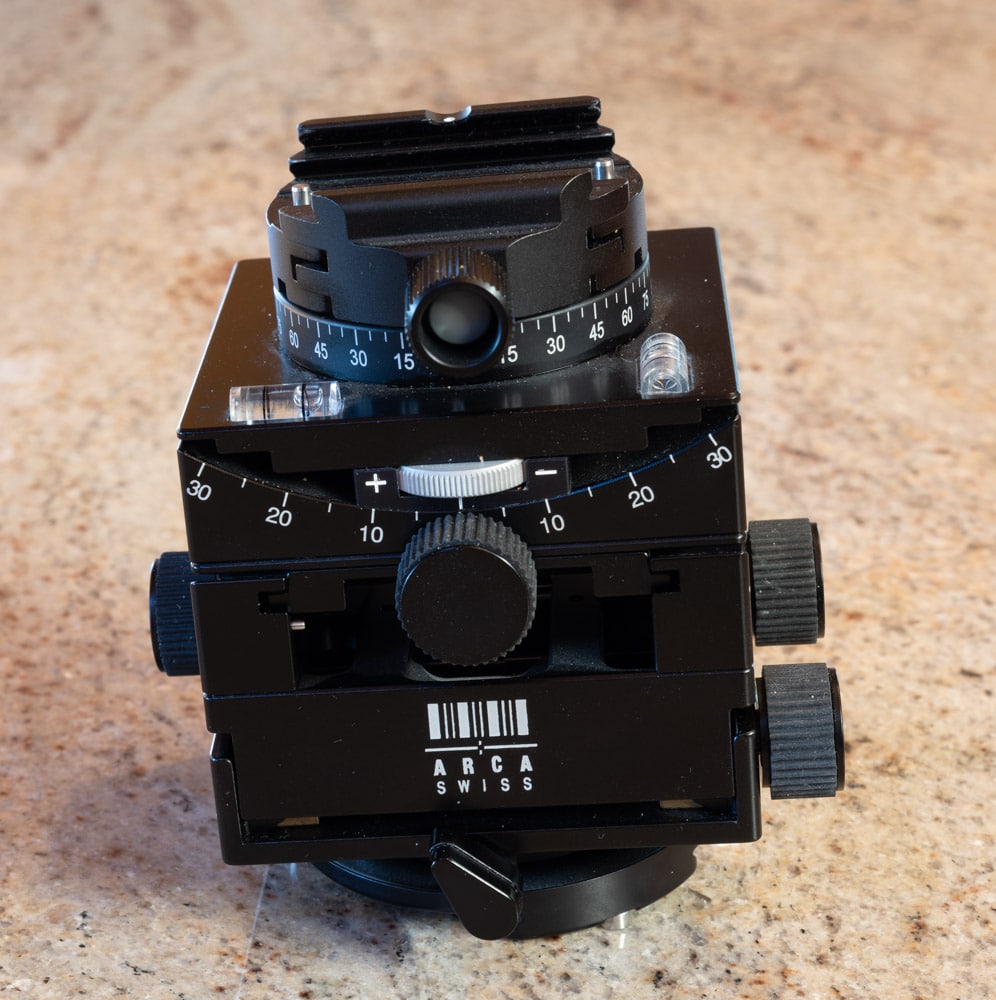
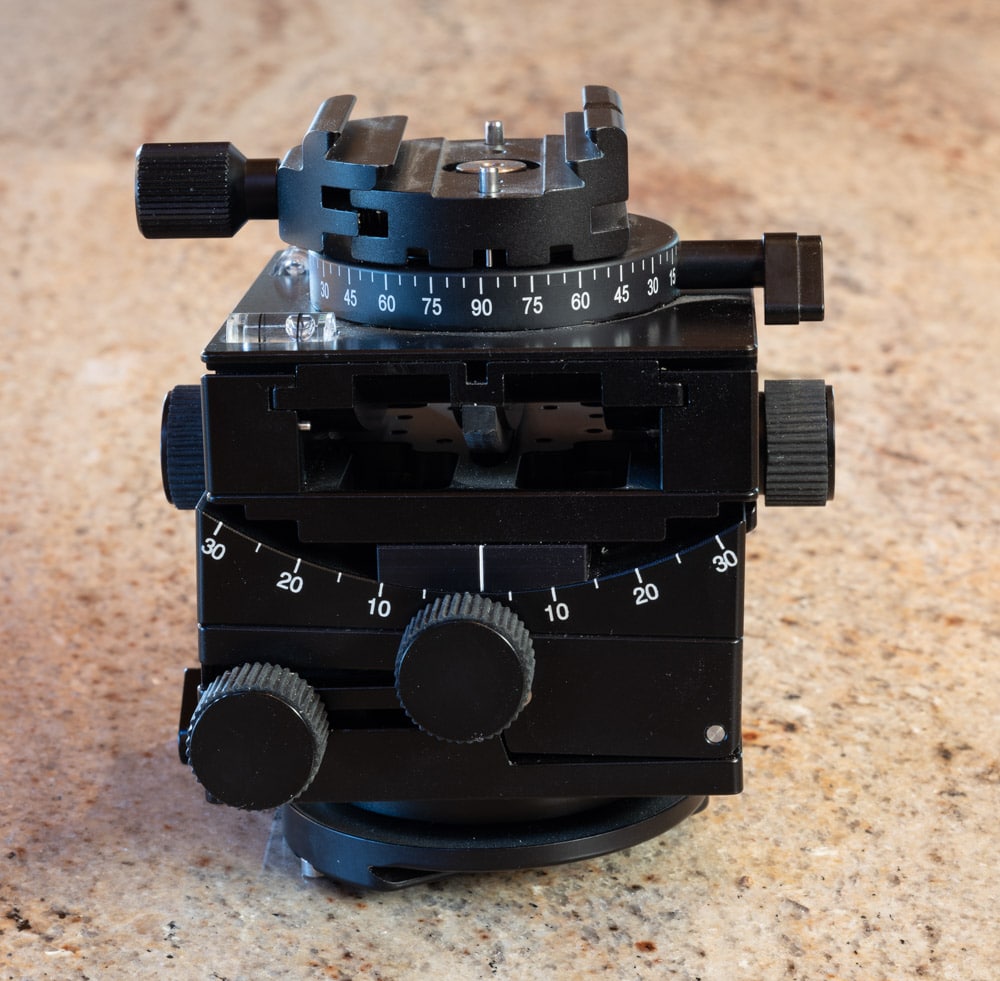
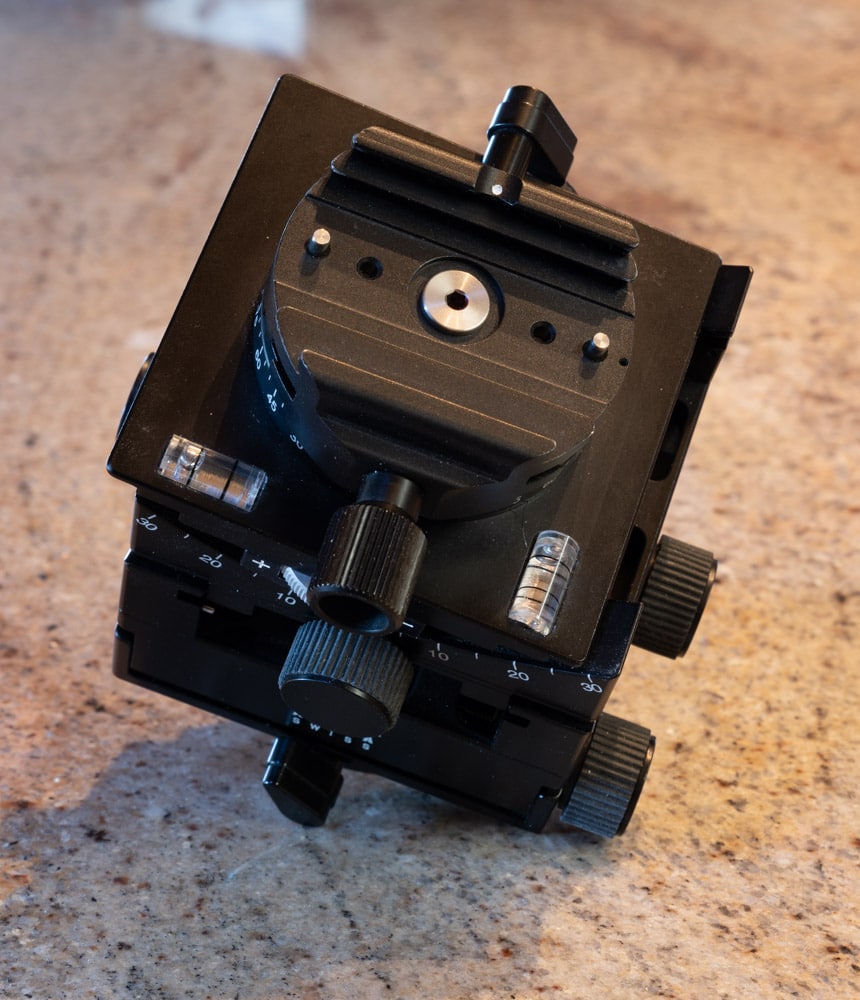
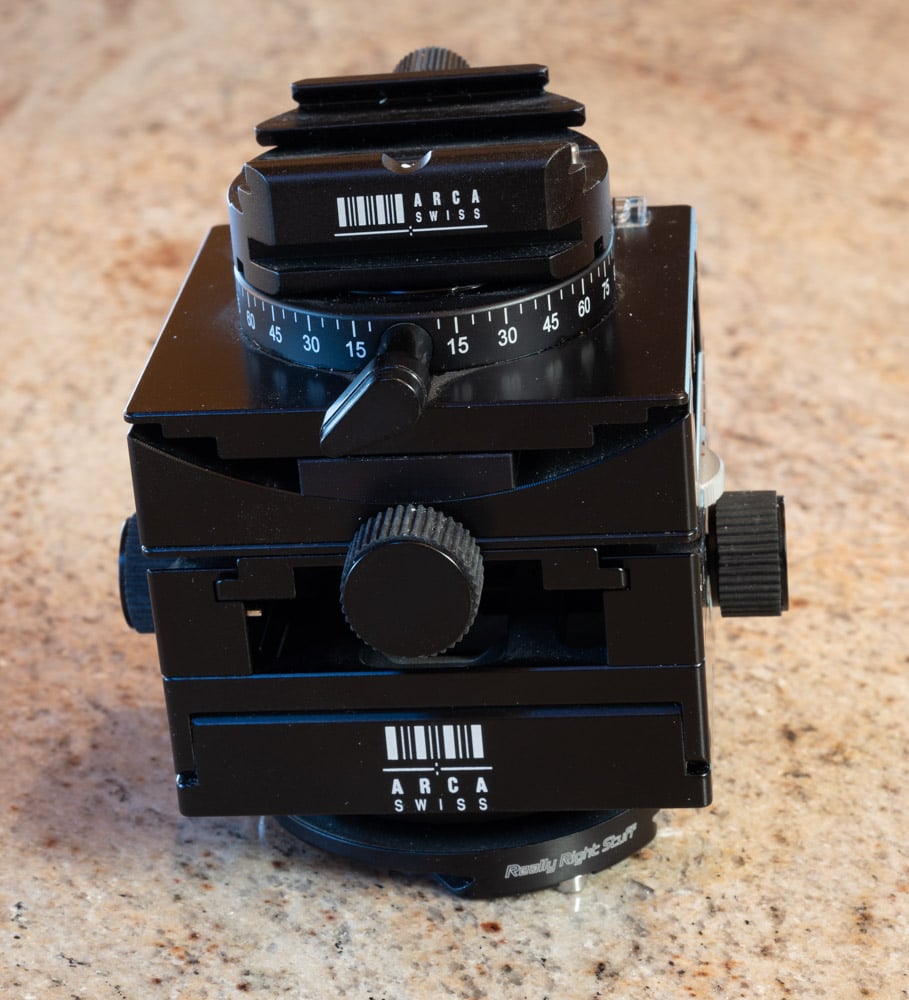
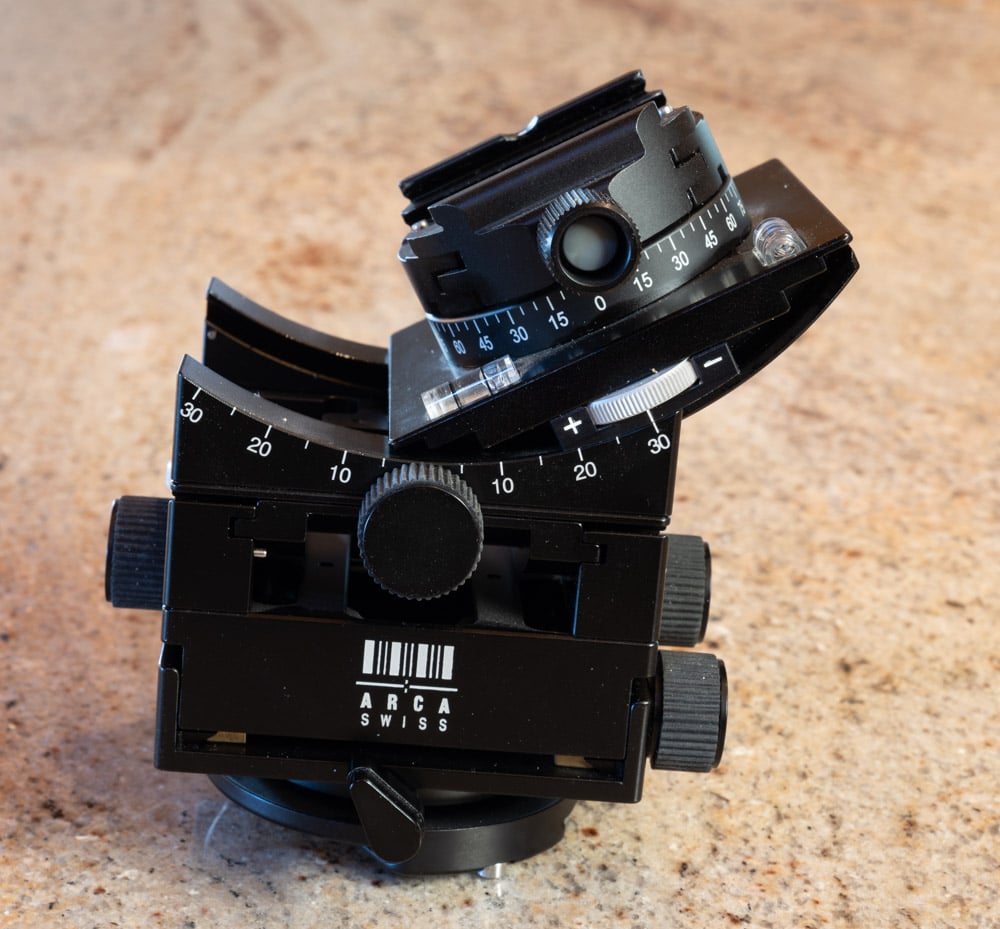
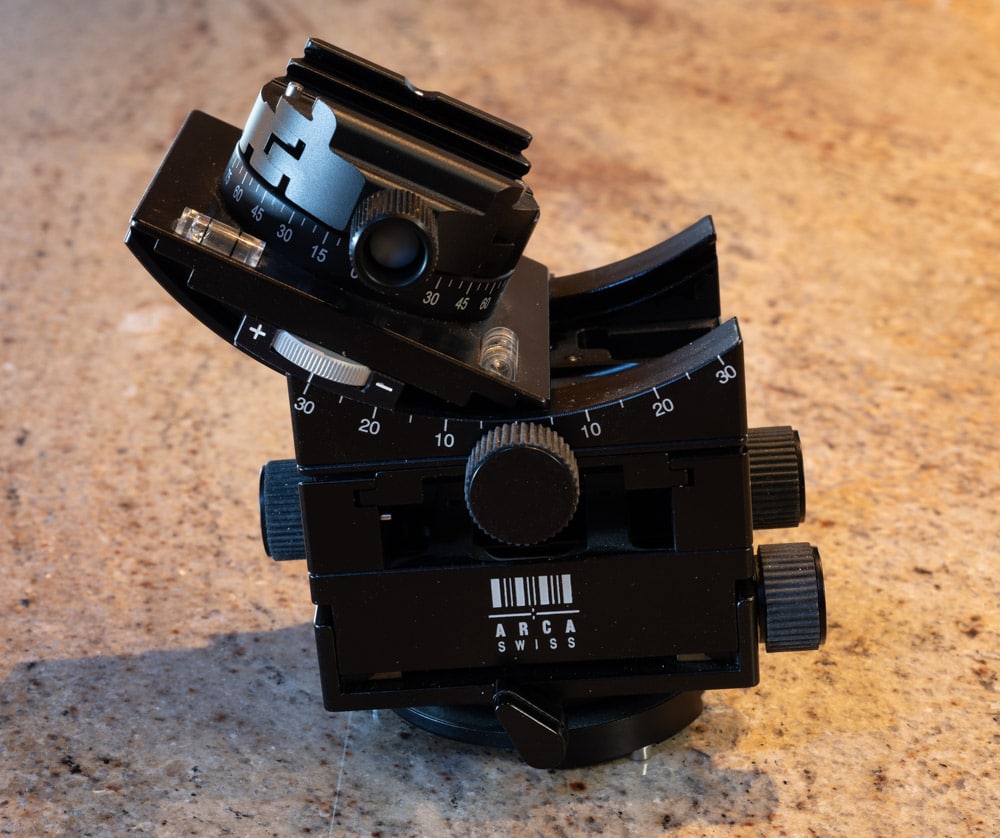
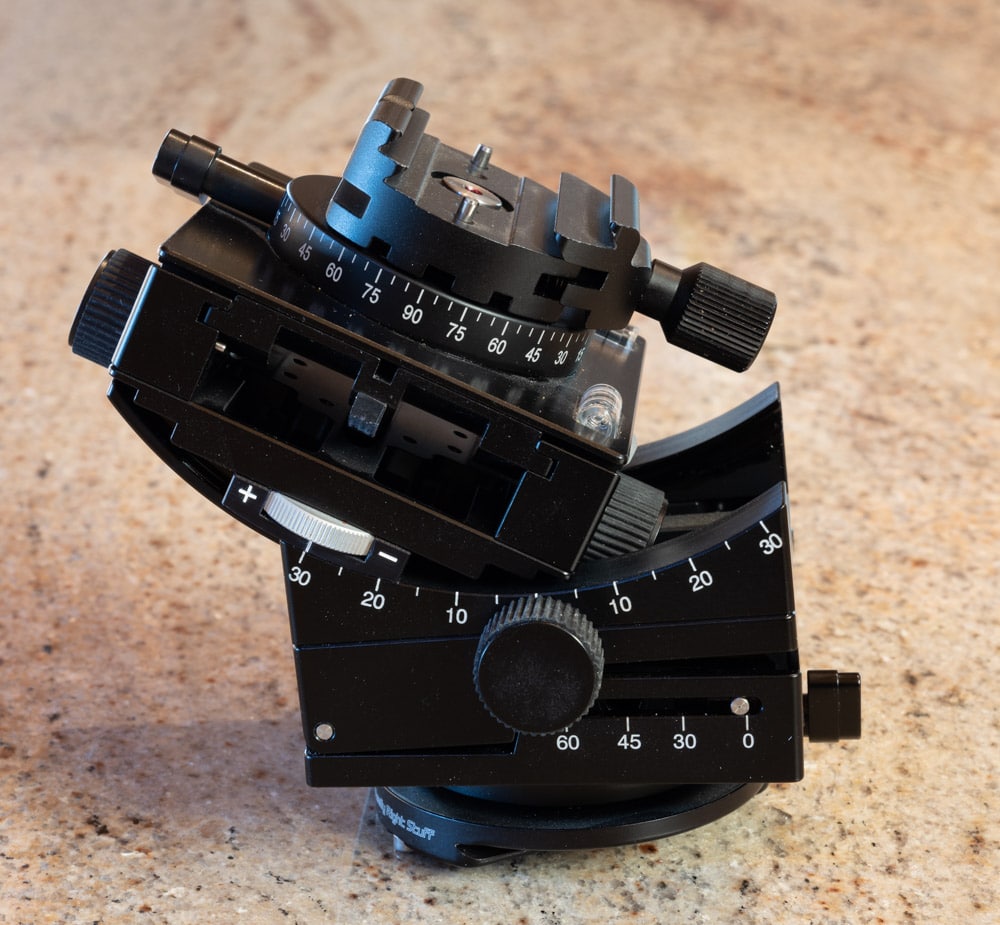
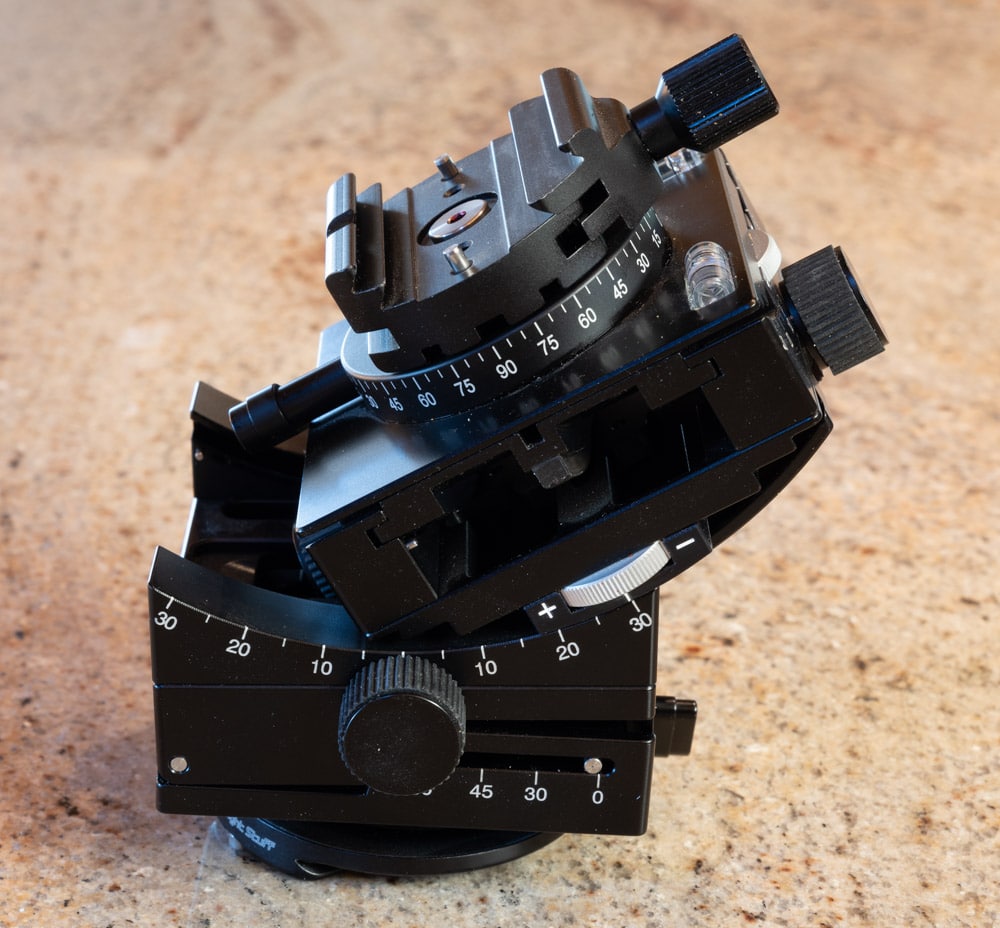
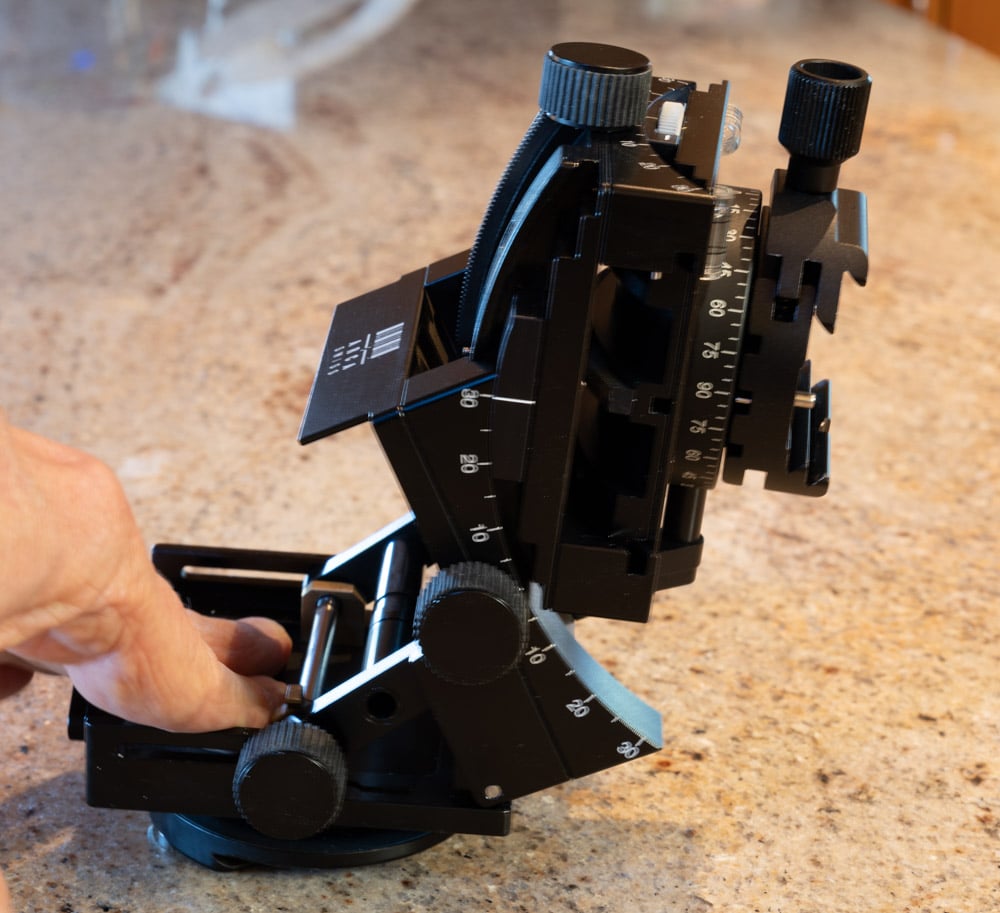
If you can deal with the weight and the cost, and the fact that it’s a bit fragile, this is an outstanding geared head. Bring money: about $1500 without geared yaw, and $2000 with it. Don’t get the cheesy Arca cam clamp; get the screw clamp.
Hi Jim
Talking about tripods and heads: The last picture is blurred 😉
But many thanks for the pointing me to non-geared pitch. Didn’t save money, but probably disappointment and hassle.
..and thanks for the essay on higher ISO – reminded me to test my cameras.
Stay healthy and best regards!
The last picture is blurred because of subject motion. 8 second exposure with me holding it so it wouldn’t tip over.
Seeing your fingers I thought so, couldn‘t withstand Thank you for your essays – although I do not understand every post (rather not into natural sciences), I often find very useful tips!